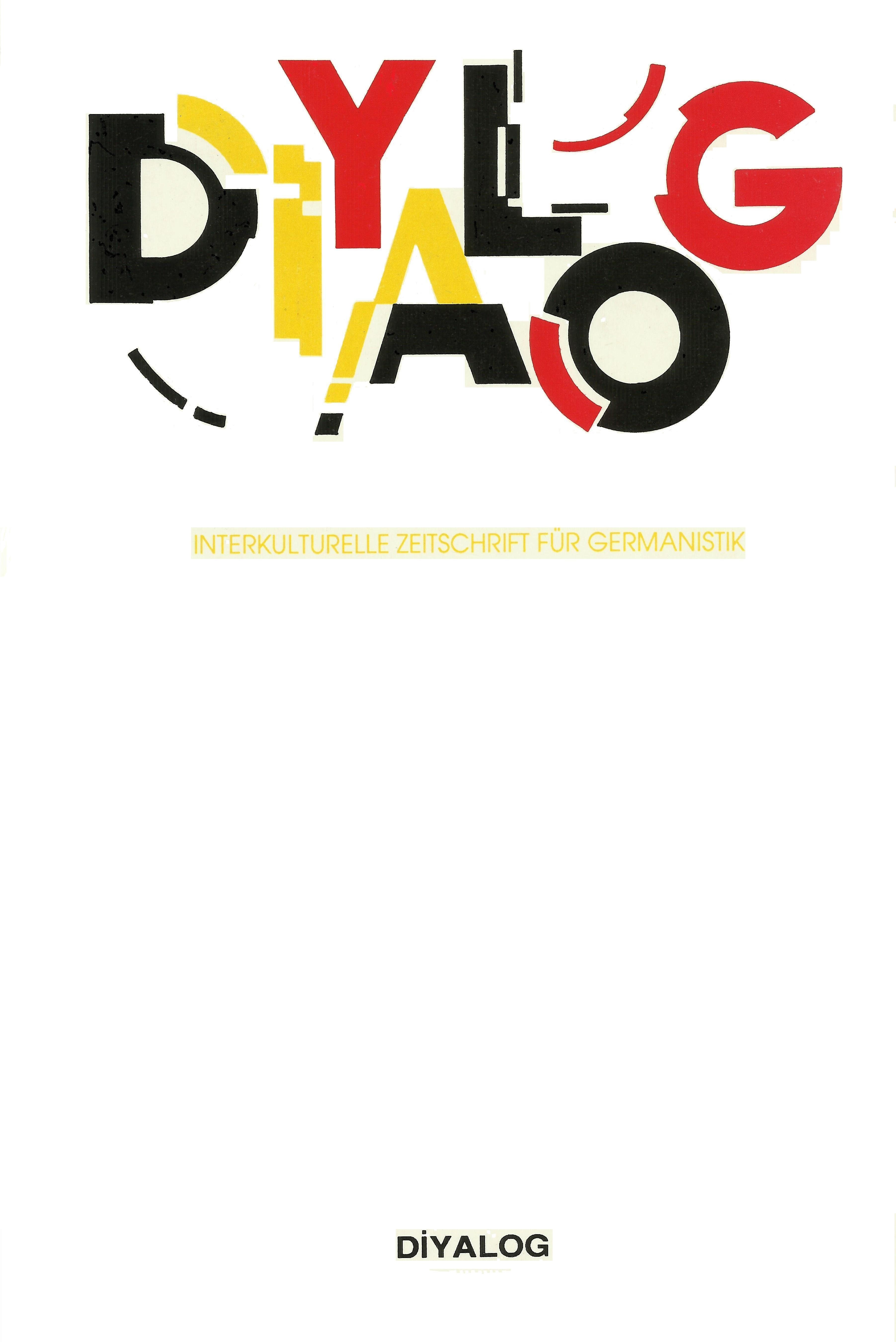Barok Döneminde Avrupa ve Alman Literatüründe Çoban Edebiyatı
Halkların millî kültürünü, yaşadıkları coğrafya ve inanç sistemi biçimlendirir. Çoban kültürü ve edebiyatı da millî kültürlere göre şekillenerek devam eder. Çoban edebiyatının kökeni mitolojiye dayanır. İtalya’da Rönesans döneminde şiirlerle başlar. İspanya’da pastoral romanla gelişimini sürdürür. Aynı dönemde İngiliz ve Fransız edebiyatına girer. Alman Edebiyatında ise Barok döneminde çeviriler yoluyla kazandırılır. Alman literatüründe bu alanda daha çok Barok, Aufklärung ve Rokoko dönemlerinde eserler verilmiştir. Masal, efsane, atasözü, şiir, roman, madrigal, opera, çoban oyunları türündeki eserleri kapsar. Bu çalışmanın amacı öncelikle çoban edebiyatının kaynağı, Avrupa’ya gelişi ve Alman Edebiyatına etkisini araştırmaktır. Araştırmada literatür tarama metodu kullanılacaktır.
Shepherd Literature in European and German Literature in the Baroque Period
Communities’ national cultures are formed by belief systems and the geography where they live. Shepherd culture and literature continue to exist by shaping according to the national cultures as well. The origin of shepherd literature is based on mythology. In Italy, the basis of literature begins with poetry in the renaissance revival. It continues with the development of pastoral fiction in Spain. In the same period, it enters English and French literature. Shepherd Literature entered German literature through translations in the Baroque period. In German literature, works were given mostly in this field during the Baroque, Enlightening and Rococo periods. It comprises belles-lettres such as fairy tale, myth, poetry, novel, madrigal, opera, and pastoral theatre. The purpose of this article is to investigate the genres of literature based on shepherd's culture. In this article, literature review will be used as methodology.
___
- Aytaç, Gürsel (2001): Yeni Alman Edebiyatı Tarihi. İstanbul: Multi Lingual.
- Garber, Klaus (1985): Formen pastoralen Erzählens im frühneuzeitlichen Europa. Internationales Archiv für Sozialgeschichte der deutschen Literatur 10.
- Goethe, Johann Wolfgang von (1767): Annette. Leibzig: Faksimile-Neudruck der Ausgabe Leipzig. Frankfurt a.M.: Insel-Verlag.
- Grimm, Jacob/ Grimm, Wilhelm (1912): Deutsche Sagen, 1.-2. Band, Wien-Leibzig: Gerlach Wiedling.
- Grimm, Jacob/ Grimm, Wilhelm (2012): Grimm Masalları. (K. Şipal, Çev.) İstanbul: Yapı Kredi Yayınları.
- Gryphius, Andreas (1637): “Es ist alles Eitel” http://www.rhetoriksturm.de/es-ist-alles-eitel-gryphius.php (Alıntılama Tarihi: 01.03.2020).
- Hinrichs, Ernst / Krebs, Roland / Runset, Ute van (1996): »Pardon, mon cher Voltaire ...« Drei Essays zu Voltaire in Deutschland. Göttingen: Wallstein Verlag.
- Nakiboğlu, Meryem (2010a): Des Meeres und der liebe Wellen. V. Uluslararası Van Gölü Havzası Sempozyumu. Van: Van Valiliği Basımı. 273-281.
- Nakiboğlu, Meryem (2010b): 17.Y.Y. Barock Dönemi Alman Edebiyatında Çoban Kültürü. Yüzüncü Yıl Üniversitesi Sosyal Bilimler Enstitüsü Dergisi, 51-59.
- Naumann, Friederike (1983): Ikonographie der Kybele in der phrygischen und der griechischen Kunst. Tübingen: Wasmuth.
- Niefanger, Dirk (2006): Barock: Lehrbuch Germanistik, 2. Auflage, Stuttgart: Springer Verlag.
- Nilsson, Martin P. (1992): Geschichte der griechischen Religion. München: C.H.Beck.
- Şahin, İlhan (2018): Göçebe Uygarlığında “Çoban” ve “Çobanlık”. Uluslararası Çoban Mustafa Paşa ve Kocaeli Tarihi-Kültürü Sempozyumu-IV Bildirileri, I . Kocaeli: Kocaeli Büyükşehir Belediyesi. 107-115.
- Wander, Friedrich Wilhelm (1873): Deutsches Sprichwörter-Lexikon (Band 3). Leipzig: Brockhaus.
- Wilpert, Gero von (1979): Sachwörterbuch der Literatur. Stuttgart: Alfred Kröner Verlag.
- Ziegler, Christiana Mariana (2015): Versuch in gebundener Schreib-Art . Berlin: Karl-Maria Guth.
- ISSN: 2148-1482
- Yayın Aralığı: Yılda 2 Sayı
- Başlangıç: 2003
- Yayıncı: Germanistler Derneği
